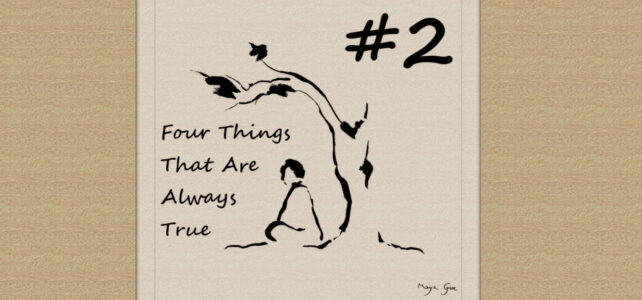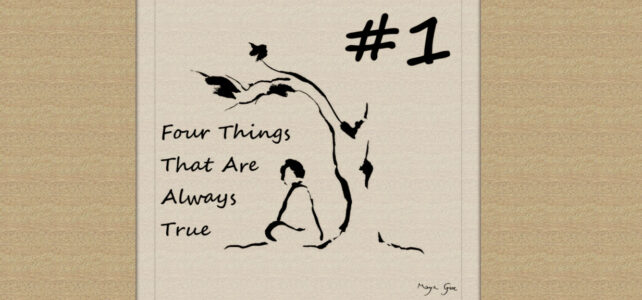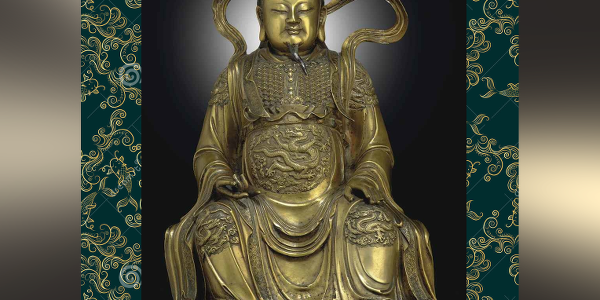Author’s note: If you are not familiar with the preceding part(s) of this article, my suggestion is to first read Part 1, which contains a more complete introduction. For those who may be dropping in without having read preceding parts,…

Champaign Urbana Taiji Qigong

Author’s note: If you are not familiar with the preceding part(s) of this article, my suggestion is to first read Part 1, which contains a more complete introduction. For those who may be dropping in without having read preceding parts,…

New! Listen to an AI generated podcast summary and discussion of this article . . . There are four things that are always true. This is a humanities treatise, so by “things” I am not referring to scientific laws or…

In Part I of this article we discussed two simple methods to bring the physical principles of taiji (tai chi) and qigong practice to daily life. Here we complete our short list by suggesting two additional mental/spiritual, or mind/body/spirit integrative…

My Experience in Learning Standing Meditation Standing meditation was not taught a great deal when I started taiji in the late 1980s. I learned from a great local teacher, and as this was pre-internet times, supplemented my learning by routinely…

In recent blogs I have written a great deal about the physical mechanisms of taiji (tai chi) movement, internal power, and understanding martial application. Here I thought it worthwhile to return to the foundation (sitting meditation) of the foundation (qigong)…

In our last blog post we listed 12 words to describe taiji (tai chi). The first on that list was awareness – a word that may not have been on many people’s list. Why awareness? Taiji practice is about knowing…

There are many techniques for meditation. Categories include chanting/mantras/vocal toning, awareness (of body sensations, thoughts or emotions, surroundings), contemplation, devotion, and focused concentration. Meditation can be practiced in static (sitting, standing, lying-down) positions or while moving. Prayer is or can…